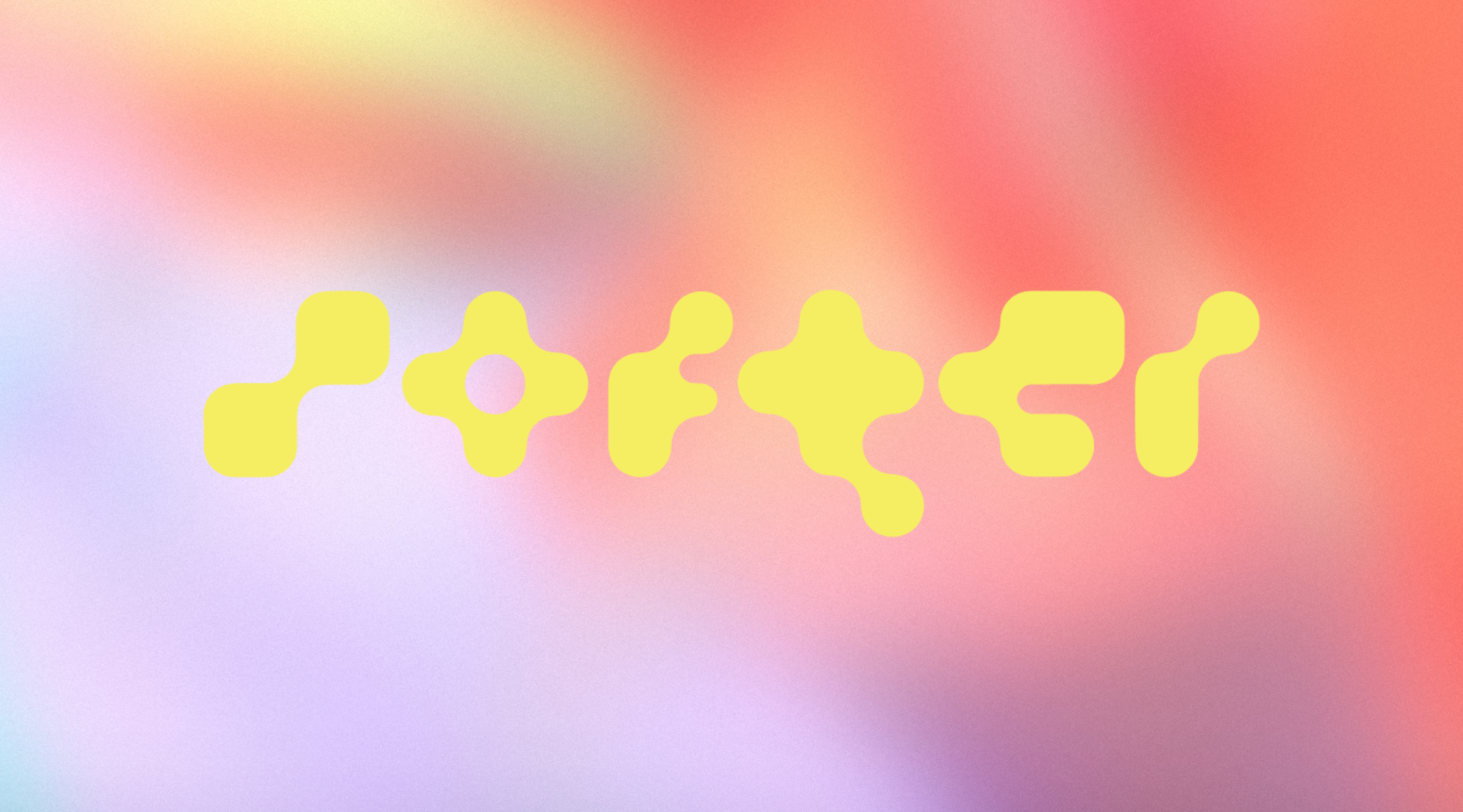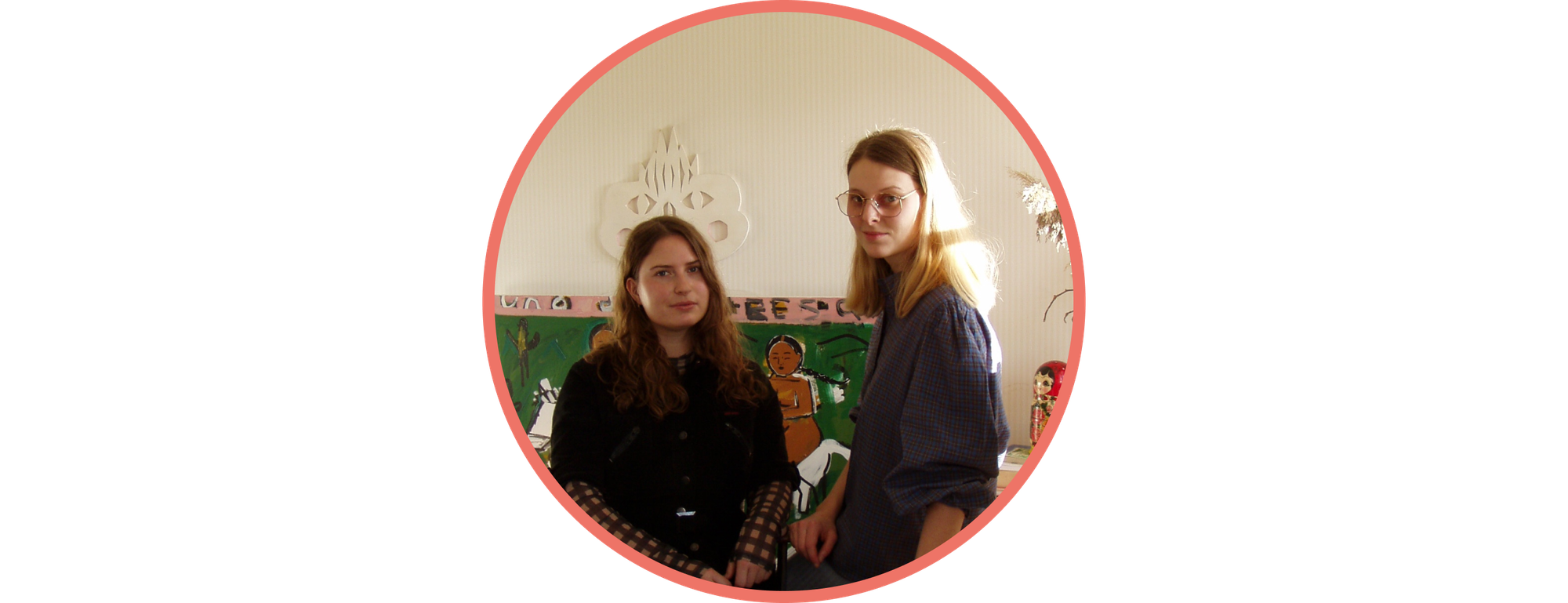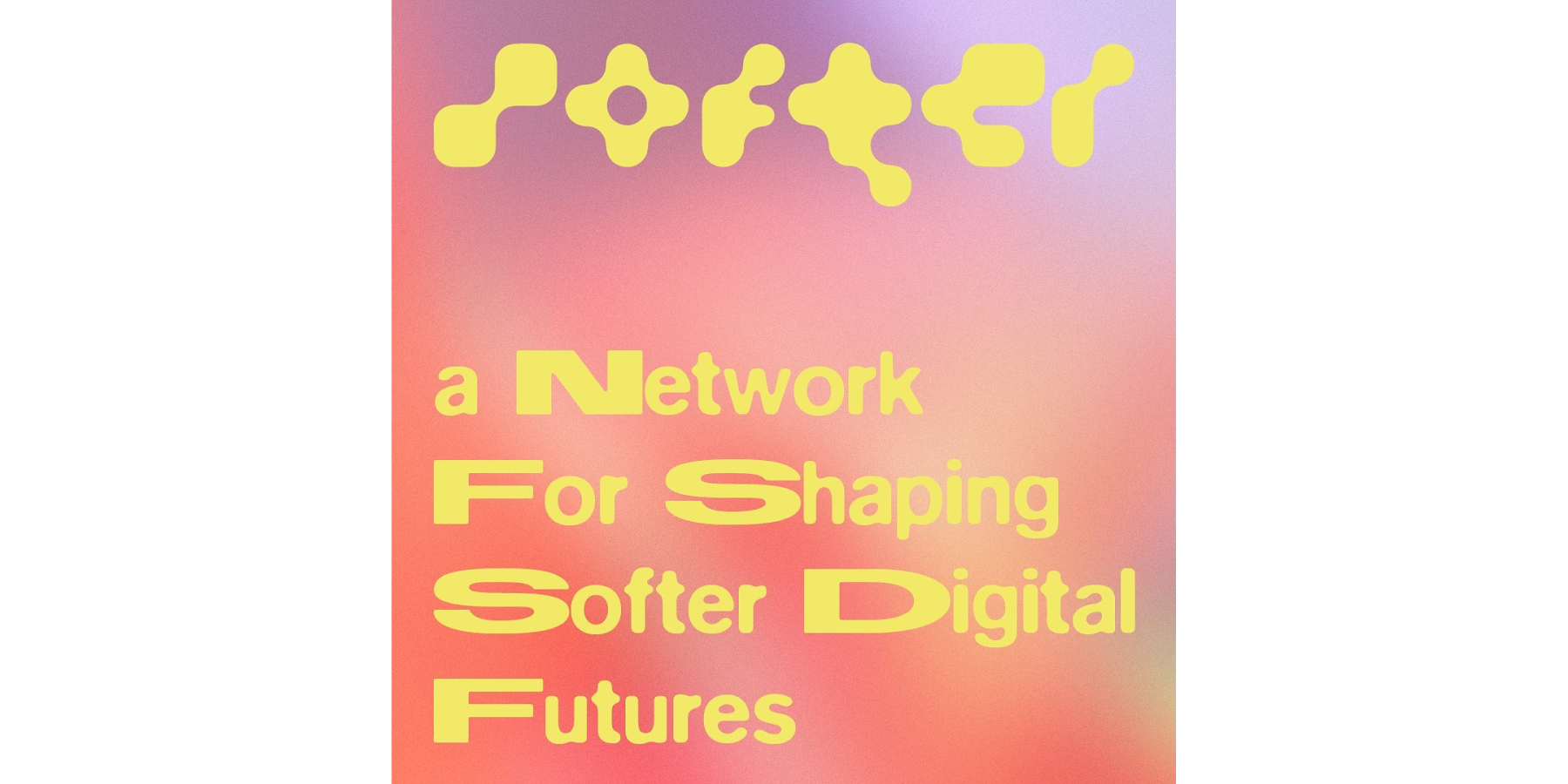Can empathy and collaboration turn hard tech into a creative playground? The SOFTER story
Interview with one of ReadyLaunch grantees—a female and queer-led non-profit collective SOFTER from Copenhagen.

Introducing one of the recipients of our ReadyLaunch grant—the female and queer-led non-profit collective SOFTER from Copenhagen, now in its fourth year of making “the softest tech conference the world has ever seen”. Ida Lissner, co-founder of SOFTER, shared with us how building a computer led to friendship and collaboration, their plans to take the conferences worldwide, and their aspiration to change the narrative that tech is hard and tough.
Who are SOFTER
- Ida Lissner is a multidisciplinary artist and designer. Her artistic practice includes animations, 3D renders, and sculptures that are exhibited in galleries. Commercially, she’s a freelancer with a preference for music clients.
- Nicole Jonasson is a digital designer specializing in graphic design, websites, and animations. She also runs a project called Social Service Club with her wife, where they organize events and festivals on a farm in the Danish countryside.

Building computers is hard
Nicole and I met during our bachelor's program in visual communication at the Danish Design School in Copenhagen. We liked each other but never really became friends then, and after finishing our bachelor’s, we went our separate ways.
Then, around five years ago, I managed to build a computer with help from other people so I could learn 3D—I always wanted to do it, but it was very difficult at the time. Nicole heard about it from one of our common friends and really wanted to do it too. We met up and started talking about building a computer and learning 3D from YouTube tutorials—and also about how difficult and intimidating it was. It felt like the whole universe around building a computer and learning 3D wasn’t really for us. We didn't feel invited into it. It was all very “bro”, with dudes talking very fast, making everything sound super difficult, and the whole aesthetic universe around it was also super masculine—full of red light, spaceships, smoke, fire, cars and ladies with big tits. This kind of visual universe that wasn’t speaking to us in any way.
Origins of SOFTER
We started thinking, well, maybe if we feel this way, other people do too. So, very slowly, we started doing little things: first, we got this small studio together where we worked next to each other and learned from each other. This helped us realize how much it means to be in a space with like-minded people who want to learn the same thing. Then, we started doing YouTube tutorials because we thought, maybe we can make the tutorials that we wanted to have ourselves when we were learning.
Initially, we also wanted to do events, but it was the pandemic, so we couldn't do anything except this digital learning initiative. We did three tutorials and a live stream, and then some little portraits of digital artists, and they got so many views and so many comments! It was insane—we were really surprised. We also made an Instagram account where we posted this manifesto with the values behind SOFTER and what we wanted to do with it. We got many followers and many people writing to us that they wanted to be a part of it, and that made us realize that there was a massive crowd for this project. So many people working in this field don't really see themselves represented.

First events
Finally, the pandemic was almost over, and we decided it was time to gather people. The first conference in 2022 sold out very fast, and people were enthusiastic. It was also nerve-wracking, the first time we were doing something like that together. But it went super well—people came from all over the world. Some flew in from the US to Denmark specifically for the event. We met many people, and everyone enjoyed it so much that we just kept going and did the second conference last summer, which was also a big success. Two of the speakers from London reached out to us after the event and suggested taking this concept to their city. The first London conference followed in March this year, and there’s going to be another one in 2025. We're also working on a collaboration in Paris.

The SOFTER network
The idea is to spread Softer Digital Futures all over the world, eventually. We’re trying to slowly, without rushing, find ambassadors in different cities who can take the responsibility of bringing SOFTER to their location. We believe that people who live there actually know how to organize it better, just like we do it in Copenhagen the way we think fits Copenhagen, and the London girls do it in the way that fits London. We're adjusting the concept for different locations, and it's really cool to have someone from the location in charge of it. We’re still directing it in some way, but giving them freedom and responsibility to actually make it work. It's cool to see how it can be different from what we’re doing but still be “softer”—it's very clear to us and to the audience that you're at a SOFTER event. It’s magical to see such a strong community. Even new people understand easily and quickly what it means and why we're together in this.
Sustainable non-profit
We don't make any money from the conference, but we want it to be more than a passion project. In an ideal world, it would be our full-time occupation. We want to spend more time expanding, but we also work on other things, so sometimes we have to put SOFTER away for a bit. In the end, it doesn’t necessarily need to be a business, but it does need to be something that can generate funding for itself. We're working on turning it into something more sustainable, but it takes time, and a lot of effort.
Putting it together
We’re very intuition based, both of us. We’re go-with-the-flow kind of people. So the process of putting together a conference is like a puzzle. For example, this year we talked with one of the conference guests and afterward thought, maybe she could be a speaker. She turned out to be very interested, so we started building from there, with this perspective. Then we gathered some of our friends and collaborators to see if they had any recommendations, and they all ended up in a massive Google Doc with a lot of names. Then we started mapping it and making themes and subjects, which eventually turned into a panel or workshop, and then we put it all together.
It's very important for us to have a blend of artistic people and those who work with tech in a more engineering way. Our audience is very mixed: we have a lot of artists, but also a lot of engineers and software programmers. So we need to both inspire and maintain a critical approach. That's why we do this kind of puzzle programming.
How ReadyLaunch helps
Nicole and I have been using Readymag since design school. I was probably the first one to spread it back in 2016 or ‘17. I was working for an independent magazine called Papercut Issues, doing graphic design. It’s a Danish magazine focused on e-publications, and they were using Readymag. It was super nice to be able to make something so beautiful in such an easy way without knowing coding. I then introduced it to everyone at school, and everyone started using it too. Nicole became super good at it, and now she's building big websites with Readymag and is very good at making it do different things.
Our current website is already outdated and was made by a programmer, so we’ll be using the grant to build a new website with Readymag. Aside from that, we're using the money to make practical things happen, like getting a photographer, paying for speakers' travels, and stuff like that. Normally, we have a lot of funding for events, but this year it’s different, so it's actually a very big help for us.
You can purchase tickets for the upcoming Softer Digital Futures conference on this website.